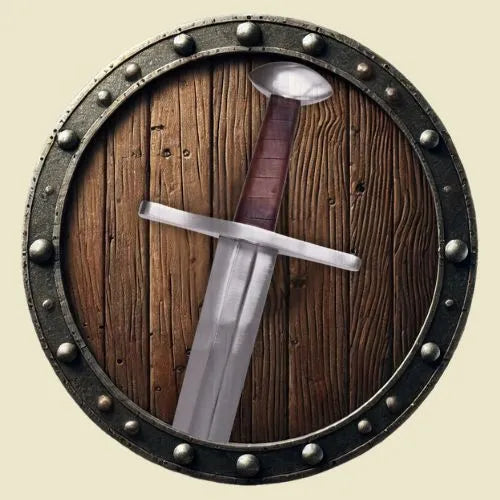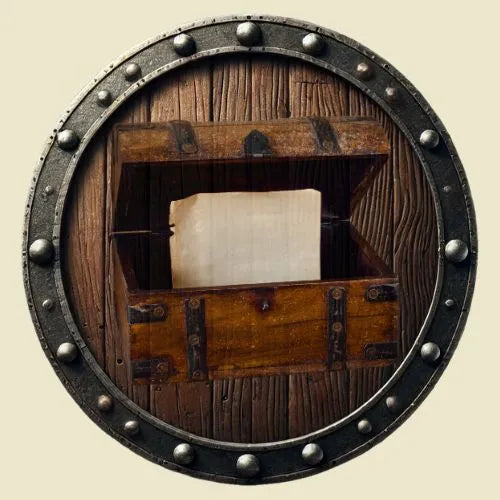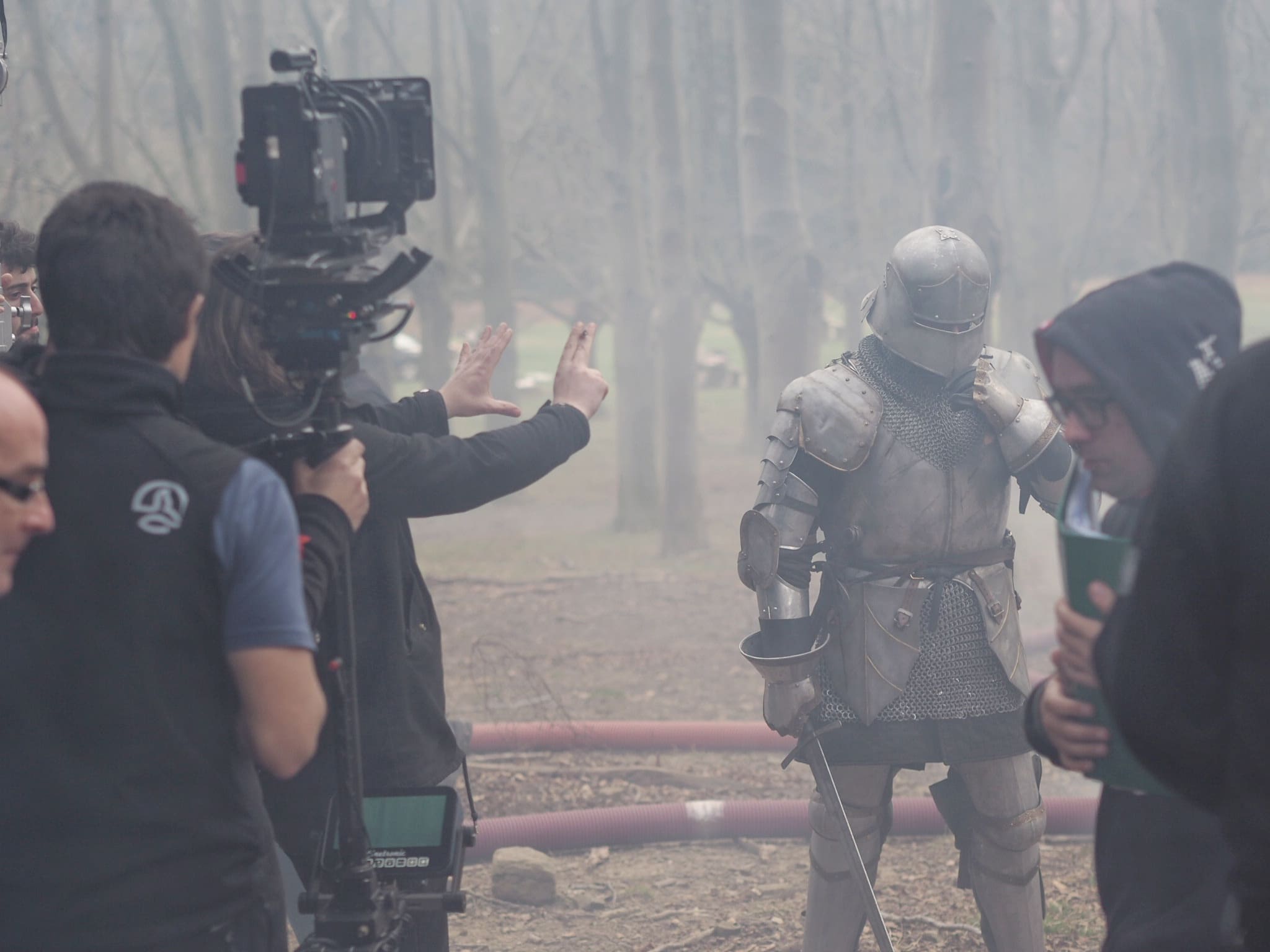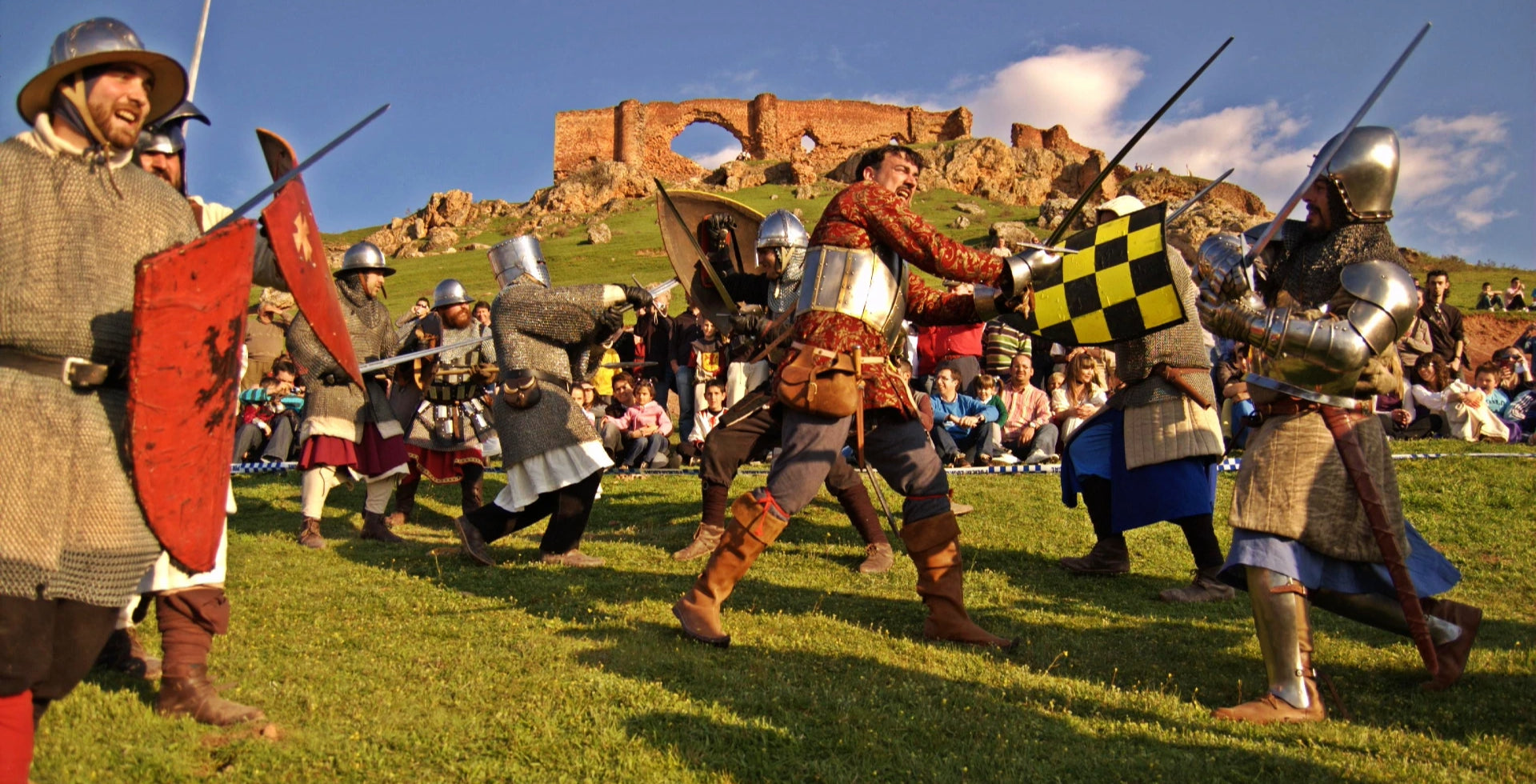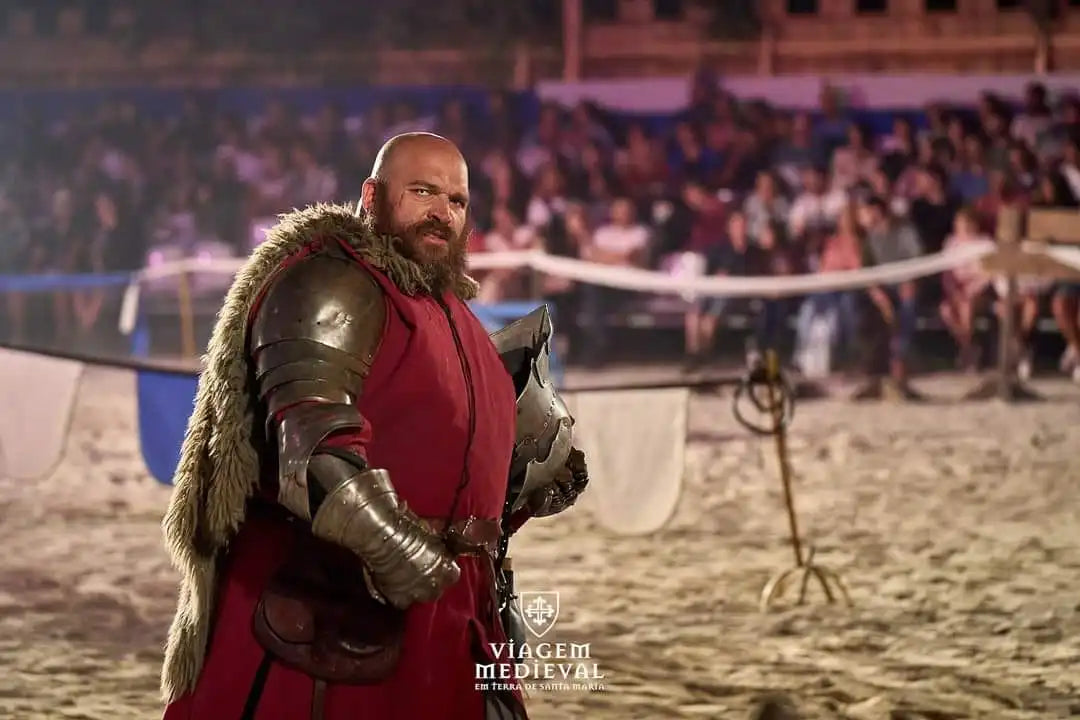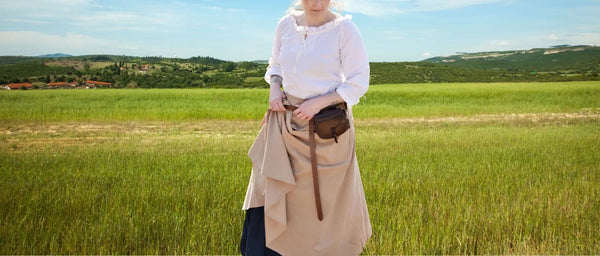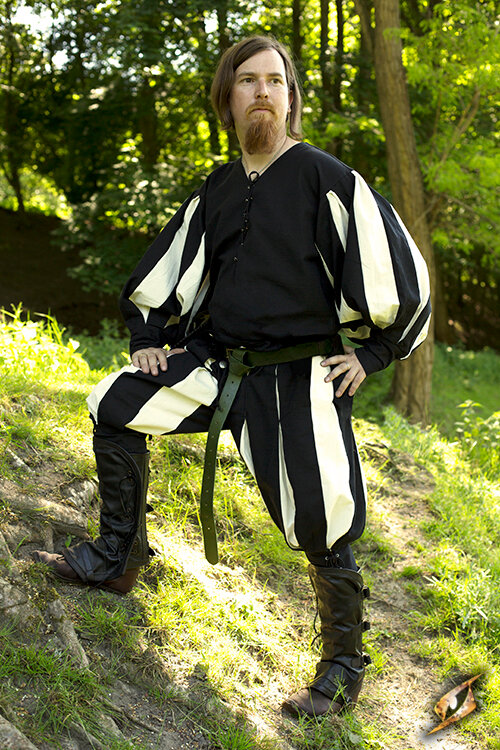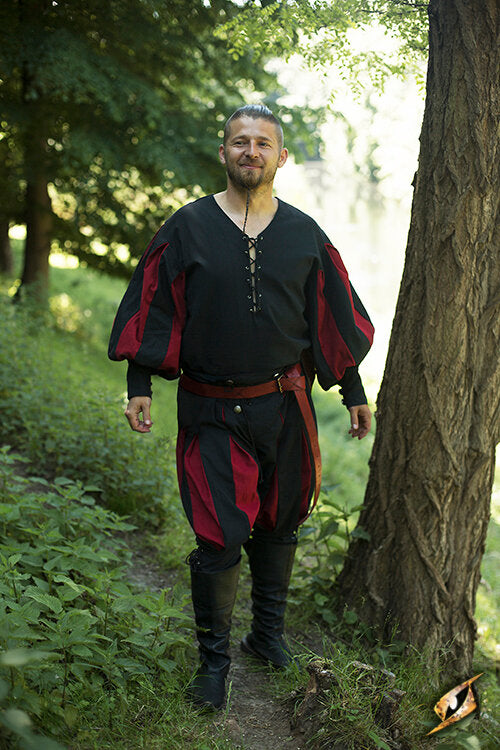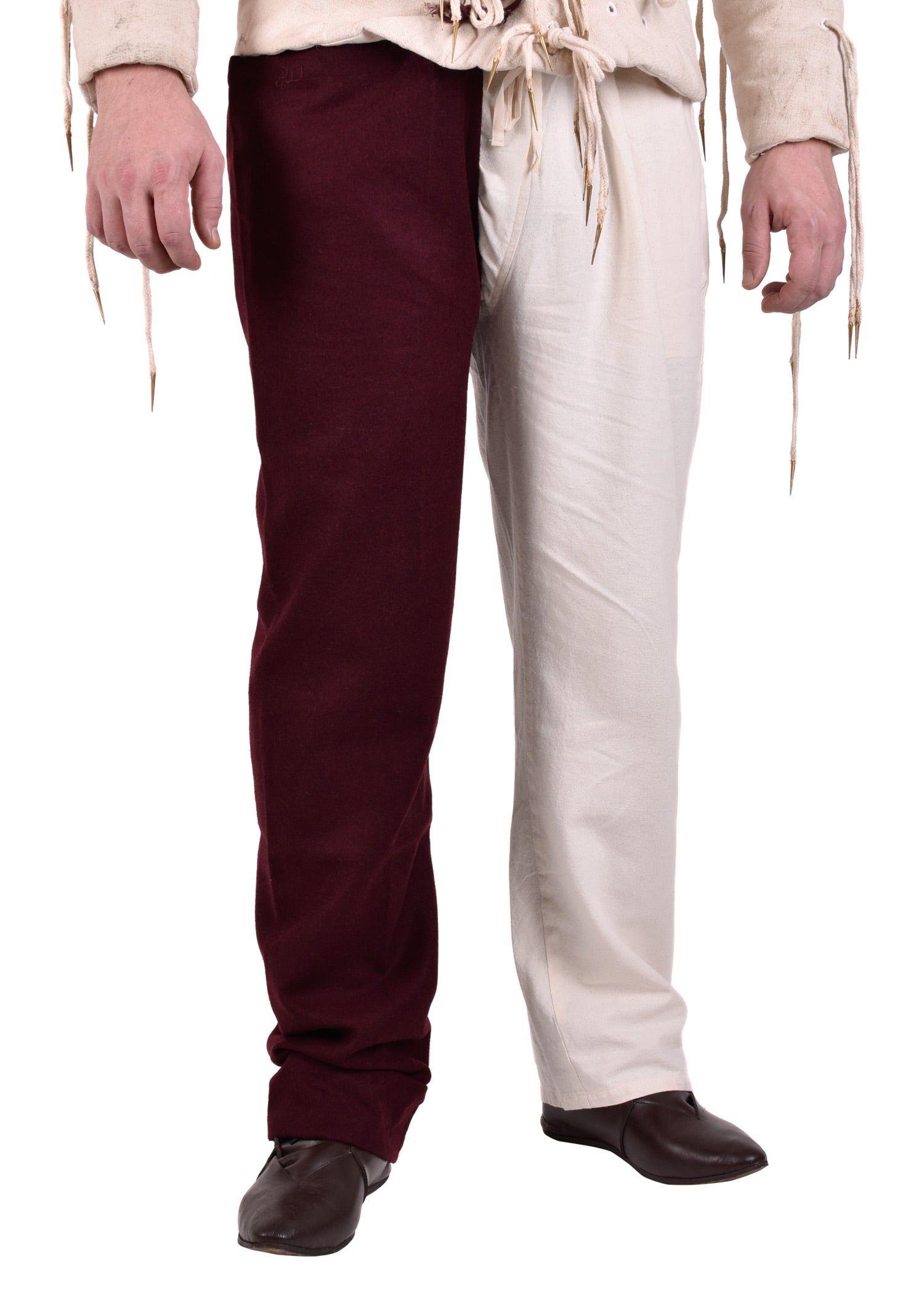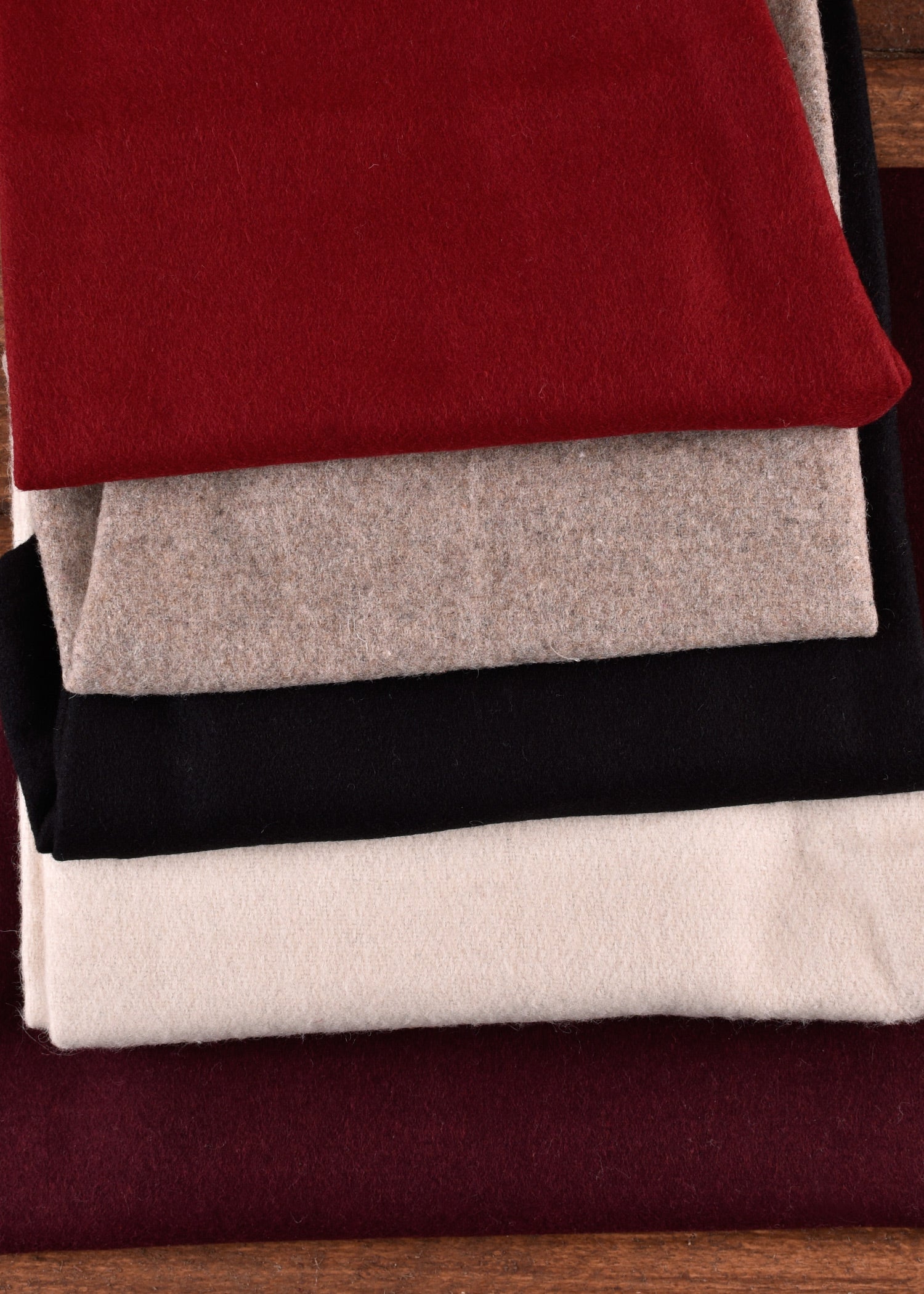Renaissance Trousers: The Transition to Elegance and Comfort
During the Renaissance (15th and 16th centuries) , trousers evolved significantly, adapting to the new fashion trends of the time. Although initially a practical garment, trousers acquired greater sophistication over time , especially among the upper classes. Influenced by Italian and French fashion , Renaissance trousers were characterized by their comfortable fit , elegance , and the use of luxurious materials .
Main types of Renaissance trousers
-
Tight trousers (Chausses) : Very common in men's clothing, they were tight-fitting trousers that fastened at the waist, often covering the legs to the knee, leaving room for boots or shoes .
-
Baggy pants : Known for their loose fit at the top of the legs and tight fit at the ankles, these pants were popular among men during the Renaissance and were worn with short jackets .
-
Codpiece trousers : A typical item of men's clothing of the period, codpiece trousers featured an opening in the front for easy access, often decorated with ornate details.
-
Shorts : In some regions, especially in Italy, the pants were cut to the knee, and were accompanied by brightly colored stockings or high boots .
-
Women's trousers : Although not as common as in men's attire, high-class women sometimes adopted baggy-style trousers under full skirts or dresses, especially for activities such as hunting.
Materials and manufacturing
-
Linen and cotton : Used for everyday pants , made with lightweight fabrics that allowed comfort and breathability.
-
Silk and velvet : The trousers of nobles or people of high rank were made of luxurious materials such as silk or velvet , often with embroidery and details that reflected status .
-
Wool : Common in colder regions, wool is used for warmer pants, suitable for winter.
-
Embroidery and ornaments : The trousers of aristocrats were frequently adorned with embroidery or decorations of gold or silver thread to reflect the wealth and power of the wearer.
Differences with pants from other eras and cultures
-
Tighter and slimmer : Compared to medieval trousers, Renaissance trousers were tighter and fitted to the body's silhouette , especially at the bottom of the legs.
-
Fashion influenced by nobility : Unlike other cultures, where pants were simple and functional, Renaissance pants were considered a fashion piece that reflected social status .
-
Greater variety of cuts : In other eras, trousers tended to be simple and straight cut, while during the Renaissance more varied shapes stood out , with both tight and loose trousers.
Renaissance trousers represent a transition from practicality to fashion , providing comfort and style to the men and women of the era. If you're looking for authentic replicas of Renaissance trousers for historical reenactment, theater, or collecting , at Medieval Shop you'll find options that will transport you to the elegance of this historical period.

